In the crucible of World War II, when the skies of Europe were aflame with conflict, a young pilot from Alabama etched his name into history with an act of breathtaking courage. Colonel William R. Lawley Jr., a humble officer of the United States Army Air Forces, became a symbol of resilience, self-sacrifice, and unshakable valor. His story is not just one of wartime heroics, but a lifelong dedication to service, leadership, and duty. This is the extraordinary journey of a man who risked everything—not for glory, but for the lives of his crew.

Early Life and Struggles: William Robert Lawley Jr. was born on August 23, 1920, in Leeds, Alabama, a small town rooted in southern values and hard work. He graduated from high school in 1938, just as the world was teetering on the edge of war. Though little is recorded about his early struggles, the path from small-town boy to national hero was paved with discipline, grit, and a powerful sense of purpose.
Military Enlistment and Heroics: Lawley enlisted in the Army Air Forces in April 1942 from Birmingham, Alabama, answering the nation’s call in its darkest hour. A year later, in April 1943, he earned his wings and commission at Altus, Oklahoma, officially becoming a pilot during the height of World War II.
He was assigned to the 364th Bomb Squadron, 305th Bomb Group, piloting the formidable B-17 Flying Fortress. Over the course of 14 combat missions, Lawley demonstrated not only technical skill, but unwavering commitment to his crew and mission—even when the odds were stacked against him.
Defining Moment: On February 20, 1944, Lawley and his crew embarked on a bombing mission deep into Nazi-controlled Europe. What followed was a scene torn straight from the pages of legend.
After coming off target, his B-17 was swarmed by approximately 20 enemy fighters. The aircraft was torn apart—one engine aflame, the copilot killed, controls shot away, and Lawley himself seriously wounded in the face. Despite this, he pulled the aircraft out of a deadly dive with one hand, blood obscuring his vision, and instruments smeared and unreadable.
He ordered his crew to bail out, only to discover two were too injured to jump. Lawley made an impossible decision: he would stay and fly the plane home, even if it meant his own death. Refusing medical attention, battling shock and blood loss, he navigated the battered bomber back toward England—facing more enemy fighters, multiple engine fires, and complete physical exhaustion.
When the plane finally crash-landed safely at a small fighter base in England, Lawley had not only saved his own life but the lives of his entire crew. For his conspicuous gallantry and intrepidity above and beyond the call of duty, he was awarded the Medal of Honor on August 8, 1944.
Post-War Life and Career: Following his recovery, Lawley returned to the U.S. in September 1944 and transitioned into roles that emphasized leadership, training, and diplomacy. He served as a public relations officer, completed military schooling, and even acted as aide to General Muir Fairchild.
His career took him to the Pentagon in 1949 as an administrative assistant in special weapons, and he soon took on a series of important international and strategic posts. Promoted steadily through the ranks—ultimately to colonel in 1959—he served as an assistant air attaché to Brazil, commander of the 55th Air Refueling Squadron, and later as Deputy Base Commander and Deputy Vice Commander at Forbes Air Force Base.
His final assignment was at the prestigious Air War College at Maxwell AFB, where he helped shape the future of Air Force leadership. Lawley retired from the military in 1972, concluding a career that spanned three decades of service.
Military Awards and Decorations: Colonel Lawley's decorations reflect a career of exceptional service and sacrifice:
- Medal of Honor
- Legion of Merit
- Purple Heart
- Air Medal with bronze oak leaf cluster
- Bronze Star
- Air Force Presidential Unit Citation
- Air Force Outstanding Unit Award with bronze oak leaf cluster
- American Campaign Medal
- European–African–Middle Eastern Campaign Medal with two bronze stars
- World War II Victory Medal
- National Defense Service Medal with service star
- Air Force Longevity Service Award with silver and bronze oak leaf clusters
- Command Pilot Badge
Each ribbon and medal tells a story—not only of valor in war, but of steady leadership in peace.
William R. Lawley Jr. was more than a pilot—he was a beacon of integrity, courage, and human compassion. His decision to stay with his wounded crew, when every instinct and protocol told him to save himself, speaks volumes about his character.
He passed away on May 30, 1999, in Montgomery, Alabama, due to complications from pneumonia, leaving behind a loving family and a legacy that will never be forgotten. Buried in Greenwood Cemetery, his memory endures in the annals of American heroism.
In a world where true heroes are rare, William R. Lawley Jr. reminds us that the bravest among us are those who refuse to leave others behind—even when it means risking everything.
